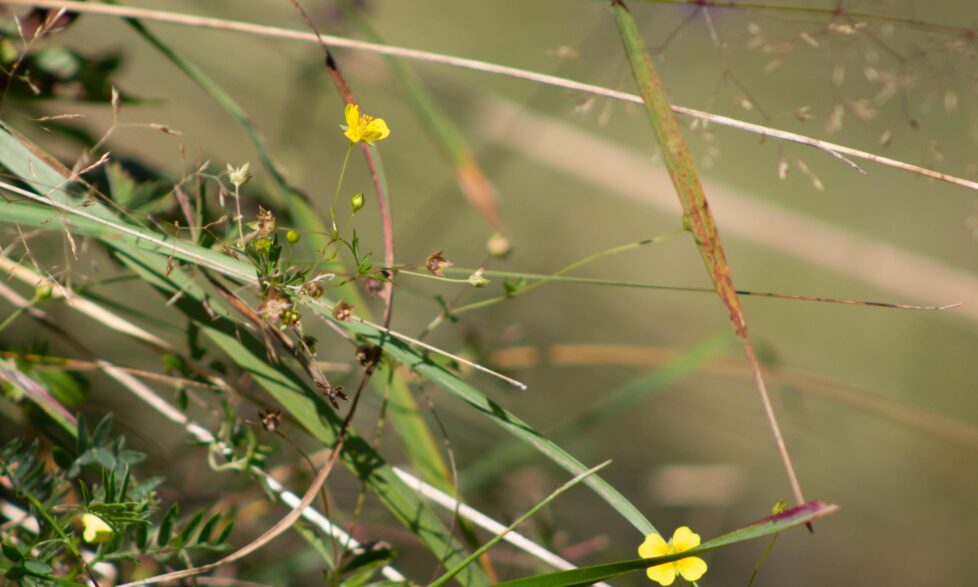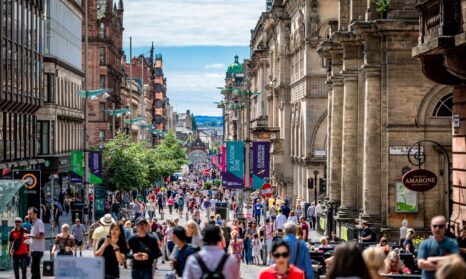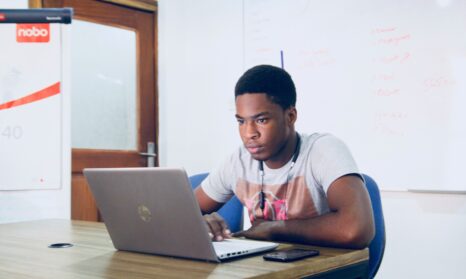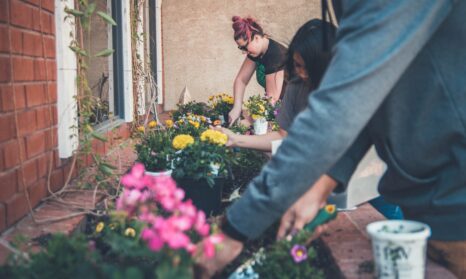Sustainability and resilience - What we can learn from Covid-19?
Resilience to shocks, whether social, ecological or financial, has long been an integral part of the sustainability field. Now, one of those once-theoretical shocks has hit us like a juggernaut. The Covid 19 pandemic is revealing a whole range of risks and vulnerabilities that were always there, including the destruction of habitats and their wildlife, the brittleness of overly homogenous economies and ecosystems, and extreme inequality and how it undermines societies’ overall ability to weather difficulty.
Although Covid-19 is an immediate and personal fear for everyone on the planet, while climate change is seen as slow-moving and further away from many of us, there are striking similarities. In both cases:
- Loss of life and reductions in prosperity and wellbeing are expected for many thousands or millions. Different groups likely to be affected with varying severity, and varying capacities to survive
- Risks are often imperceptible or asymptomatic at first, but we will reach tipping points after which entire systems – healthcare, economy, food chain – risk collapsing
- Overcoming both crises requires all of us to make sweeping changes to the way we organise our lives (because the risks are driven by our everyday habits)
- If we fail to act rapidly and decisively before all symptoms appear, it will be too late.
Tackling Covid and sustainability has mutual benefits
The impact on society of this pandemic, and how we get ourselves out of it, gives us some insights in how we could begin the transition to a sustainable future. Equally, creating policies and places that enable people to live healthily, happily and sustainably will help build resilience to future pandemics.
For example, ‘social distancing’ in public is easier when urban spaces are designed to give a generous amount of urban space to pedestrians, cycling and nature, and when people live in ‘ten-minute cities’ where everything is walkable. These same measures help cut carbon and pollution, reduce the impact of fuel-price fluctuations, keep people active and deal with urban heat islands and heavy rain.
On the other hand, it becomes near-impossible to maintain effective distancing if inequality and poverty compel people into cramped overcrowded accommodation or precarious livelihoods that force workers to take greater risks with their own wellbeing.
These are often the same people now recognised as key workers for our society – cleaners, shop workers, delivery drivers, farm workers, tradespeople, and especially health and care workers. Decent living conditions, sanitation, and the financial security to be able to choose to avoid risks are essential for our whole society to adapt and be more resilient to future crises.
Focusing on food systems
Food systems, wildlife and biodiversity are a key area where sustainability, pandemics and resilience overlap. The most obvious place to see this is in the destruction of areas of wilderness and high biodiversity, which has been linked to the emergence of new zoonoses (diseases transferred from animals to humans) as wild animals are forced into closer contact with each other and with humans.
Examples include ebola and HIV. While the exact origin of Covid-19 is not yet certain, it is thought to have come from bats, snakes or pangolins traded as food or medicine.
Sweeping changes have already come from this realisation, with the Chinese government imposing a blanket ban on the consumption of wildlife and temporarily closing down live-meat ‘wet markets’ for other livestock. It remains to be seen whether the ban will prevail after the current crisis – but it does show that socially engrained practices are not off-limits for change if the stimulus is powerful enough.
Will the rest of the world take these lessons and apply them to more mainstream parts of the food system? For example, intensive livestock farming could prove to be the breeding ground for the next pandemic. Routine antibiotic overuse could result in resistance to the antibiotics we use for our own healthcare. This is in addition to livestock farming being responsible for much of our carbon footprint and harming our ecology in other ways, like smothering freshwater ecosystems with slurry.
Reducing the amount of our food that comes from animals in favour of plants, and replacing commercial monocrops with plants in biodiverse and local food systems, could reinvigorate health, community and equity and cultural identity, while cutting carbon and reducing the pressure to push farms – and humans – too close to wildlife. For many indigenous communities around the world, local diverse food crops can also help cultural, as well as physical, survival – as well as often being better suited to local conditions.
Meanwhile, if the next pandemic attacks food crops rather than humans, we will be more resilient if our food systems are based on a diverse set of crops rather than having the entire global population depending on an ever-diminishing number of commercial monocrops
Diverse systems are far more resilient
This is a textbook example of how a diverse system is far more resilient than a homogenous one. In other words, the wider range of tools we have in our collective toolkit, the more likely it will be that we have the right tool when a problem arises, and the less likely it will be that all of us will be impacted at the same time.
As well as food, this clearly applies to economies, ecosystems, cities, and all other systems. For example, the pandemic also brings into stark relief our reliance on long-distance, high-carbon, low-control supply chains for other goods such as medicine, face masks or the notorious toilet roll – and the resulting strain when large portions of the globe all demand the same goods at once.
Let’s hope the right lessons are learned
The entire world is currently on a sharp learning curve about how to undertake sweeping, and previously unthinkable, changes in the face of a real and present danger. Cracks are opening up in our everyday systems that we can pry wider to create positive change in the long term. Just look at how many cities are reallocating road space for pedestrians and cyclists instead of cars.
The lessons we choose to learn from the current crisis will shape our ability to develop resilience to far greater shocks coming our way, like climate change and ecological breakdown. Let’s hope the right lessons are learned.
PS - thanks to Cora Hallsworth, Dagmar Timmer and Vanessa Timmer at One Earth Initiative for giving me the writing prompts that sparked this blog and for interrogating the resilience insights behind it!








